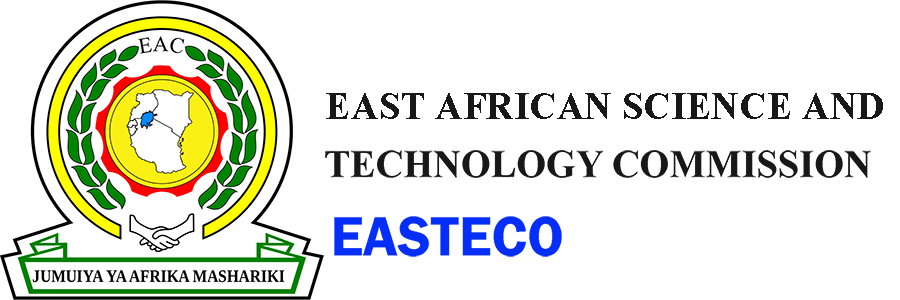The EAC development agenda recognizes the role that science, technology and innovations play. The leadership of the Partner States are fully aware of the need to promote science, technology and innovation as a means to attaining social and economic transformation.
Therefore, the regional Science, Technology, Engineering and Mathematics (STEM) strategy has been developed as a guide for the Partner States to align policies and programs in such a way that the regional priorities and targets in STEM are met. It is aimed at contributing to the overall growth and development agenda of the region. The strategy is in line with the mandate of the East Africa Science and Technology Commission (EASTECO). It is to steer the regional STEM agenda towards the needs, commitments and priorities of the region and ensuring that STEM is brought as quickly as possible to be at par with international standards and best practices.
The Strategy is also anchored on the regional STI policy and those of individual Partner States. It is assumed that successful implementation of this strategy will lead to significant improvements in the performance of various priority sectors. Especially, the areas identified in the EAC Vision 2050, which embodies the region’s economic and social transformation agenda. These sectors are Agriculture, Health, Education, Trade, Industry, Transport, Energy and ICT, among others. In order to achieve the above goals, this strategy proposes a number of key strategic priority areas which must be the collective focus of the different stakeholders during the next ten years.














